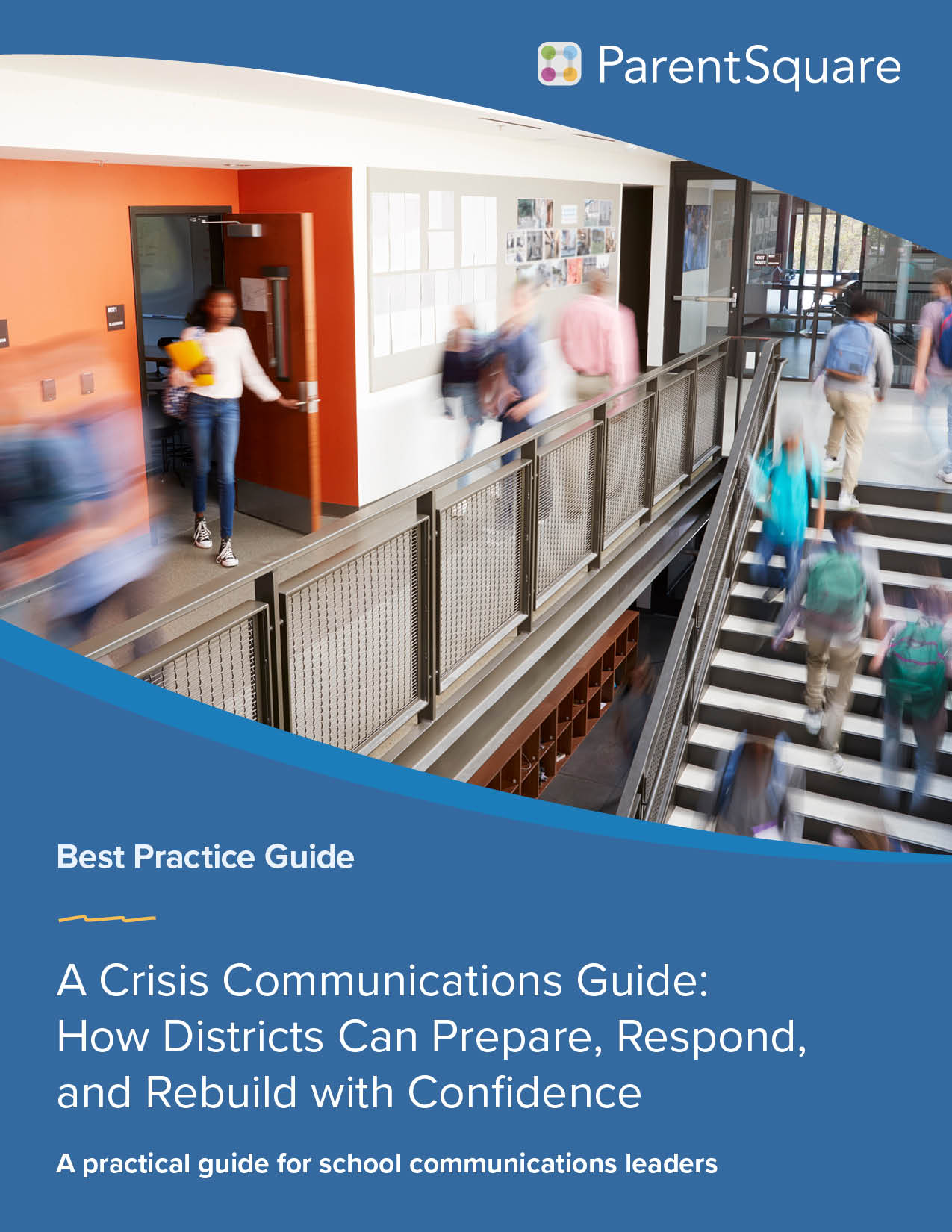Approaching Crisis Communications with Empathy: What K–12 Leaders Want You to Know
In K–12, every crisis arrives suddenly. A car through a gym wall. A personnel situation that becomes breaking news. A community tragedy no one could have imagined. And in those first seconds, families, students, and staff look to their district for answers.
During our recent conversation, three experienced communication leaders—Melanie Corona (Gilroy USD, CA), Adelle Wellens (Duluth Public Schools, MN), and Sujata Wycoff (Boston Public Schools, MA)—shared the moments that tested them, the choices they made under pressure, and what helped them communicate with clarity and compassion. really looks like behind the scenes of K–12 athletics today.

Melanie Corona
Public Information Officer
Gilroy Unified School District (CA)

Adelle Wellens
Communications Officer
Duluth Public Schools (MN)

Sujata Wycoff
Chief of Communications/Press Secretary
Boston Public Schools (MA)
Each story was different. But their lessons carried the same truth: In a crisis, empathy is the strategy.
Here are a few of the insights they shared.
1. Your first message sets the emotional temperature
When a car crashed into a Duluth elementary school, Adelle had only one confirmed fact: no students or staff were injured. Rather than wait for every detail, she sent a message grounded in the one thing families needed most—relief.
Then she did something simple but powerful:
She promised an update every ten minutes, even if nothing had changed.
That steady cadence became its own form of reassurance.
2. Accuracy and empathy travel together
Sujata shared a moment when breaking news about a staff member reached reporters before her team could notify families. With minutes to act, she relied on the message templates she had prepared weeks earlier—drafts designed not just for correctness, but for humanity.
Even when information is tight, tone matters. Families remember how you made them feel before they remember the details.
3. Small gaps can become big ripple effects
In Duluth, a tragic loss in the community revealed unexpected connections across schools. Staff who had worked in other programs recognized names, former teachers grieved students they once knew, and one child who witnessed police activity needed urgent support.
The lesson Adelle took away?
A crisis rarely affects just one school, so communication can’t stop at one building.
Today, she and her team proactively look for those ripple points before sending any message.
4. Tools matter when seconds matter

Melanie’s district made the switch to ParentSquare after learning the hard way that their previous platform blocked messages during “quiet hours” on the very night their community experienced a mass-casualty incident.
Since then, she’s relied on urgent alerts, pre-written templates, and mobile access to communicate quickly, clearly, and in every language her families speak.
As she put it:
“When families fear the worst, silence feels like danger. Speed is a form of care.”
Want the full stories? They’re worth hearing.
These highlights only scratch the surface.
The full conversation goes deeper into:
- How to build empathy into every crisis message
- Why templates are an act of preparedness—not pessimism
- How to work with police and external agencies without losing your voice
- What to do when your plan doesn’t work
- How to rebuild trust after emotionally charged moments
👉 Watch the full “Approaching Crisis Communications with Empathy” webinar on demand.

